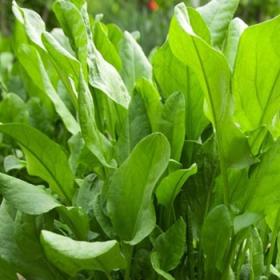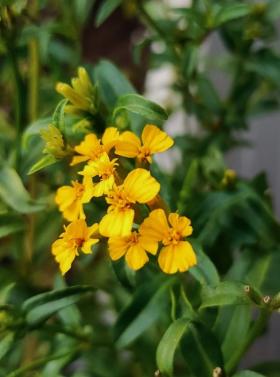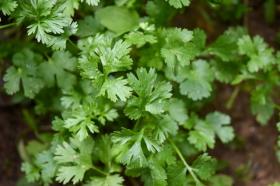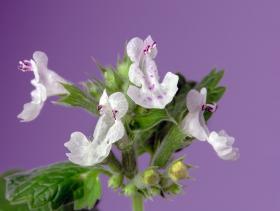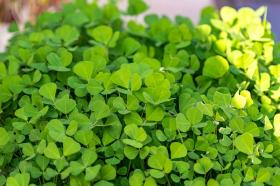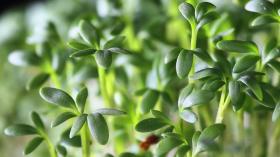
BASIL - LIME, organic seeds, heirloom
Ocimum basilicum americanum
Combines the flavor of basil and lime that gives you and unusual, dramatic, tasty basil. Heirloom.Growing basil is relatively easy, and it can be done both indoors and outdoors. Here's a basic guide on how to grow basil:
1. Choose the Right Basil Variety:
- There are various basil varieties with different flavors, including sweet basil, Genovese basil, Thai basil, and cinnamon basil. Choose a variety that suits your taste and culinary preferences.
2. Starting from Seeds:
- Start basil from seeds indoors 6-8 weeks before the last expected frost date in your area. Use a seed-starting mix and plant the seeds about 1/4 inch deep.
3. Soil and Container:
- Basil prefers well-draining soil with a slightly acidic to neutral pH (around 6.0 to 7.0). If planting in containers, use a good-quality potting mix.
4. Location:
- Basil loves sunlight. Plant it in a location where it receives at least 6-8 hours of direct sunlight daily. If growing indoors, place the pots near a sunny window.
5. Watering:
- Keep the soil consistently moist but not waterlogged. Water the basil when the top inch of the soil feels dry. Be mindful not to let the soil dry out completely.
6. Temperature:
- Basil prefers warm temperatures. It is sensitive to cold, so wait until the danger of frost has passed before transplanting outdoors. Ideal temperature range for basil is around 70-90°F (21-32°C).
7. Fertilizing:
- Use a balanced, water-soluble fertilizer every 2-4 weeks or according to package instructions. Avoid over-fertilizing, as this can lead to excessive leaf growth with reduced flavor.
8. Pruning:
- Pinch or prune the basil regularly to encourage bushier growth. Pinch off the top set of leaves when the plant is about 6 inches tall. This will encourage lateral growth and prevent the plant from becoming too leggy.
9. Harvesting:
- Harvest basil leaves once the plant has reached a sufficient size. Pinch off the leaves, starting from the top, or use scissors. Regular harvesting promotes more growth.
10. Pests and Diseases:
- Keep an eye out for pests such as aphids and spider mites. Neem oil or insecticidal soap can be used for control. Basil is generally resistant to most diseases.
Packet 40 seeds

